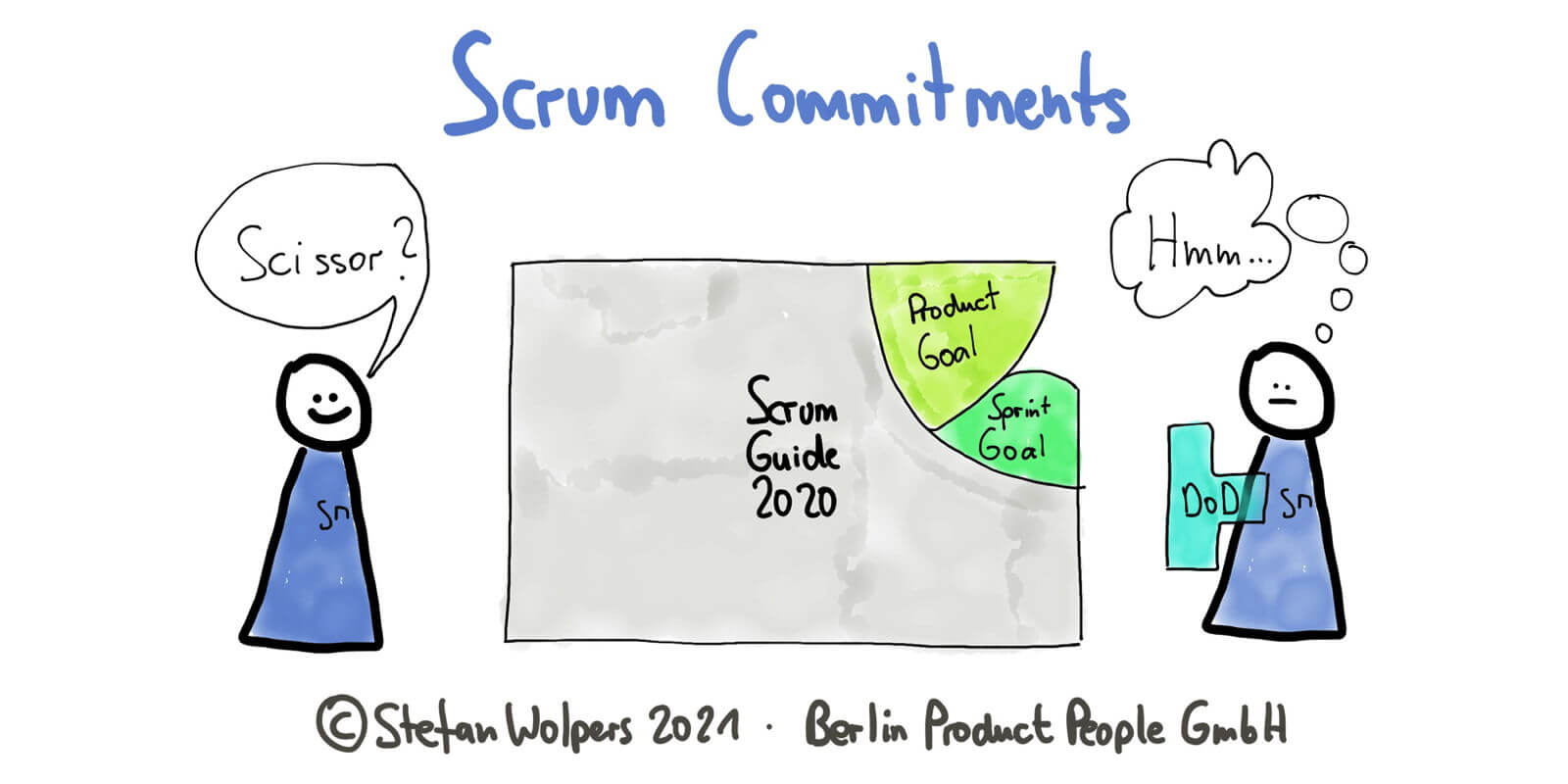How do we know when a user story is "done?" Can we say that the user story is done when it is coded and all acceptance tests for it are passed? Business representatives may say yes, but they do not know all the peculiarities of software development. So, such criteria as quality are not fully visible to them.
Or let’s have a look at another situation: a new feature that changed the business process was developed and tested according to the best software practices, but users struggle to use this feature because they are not sure about the changes this feature brings. Maybe a proper user manual or user training is needed in this case?


